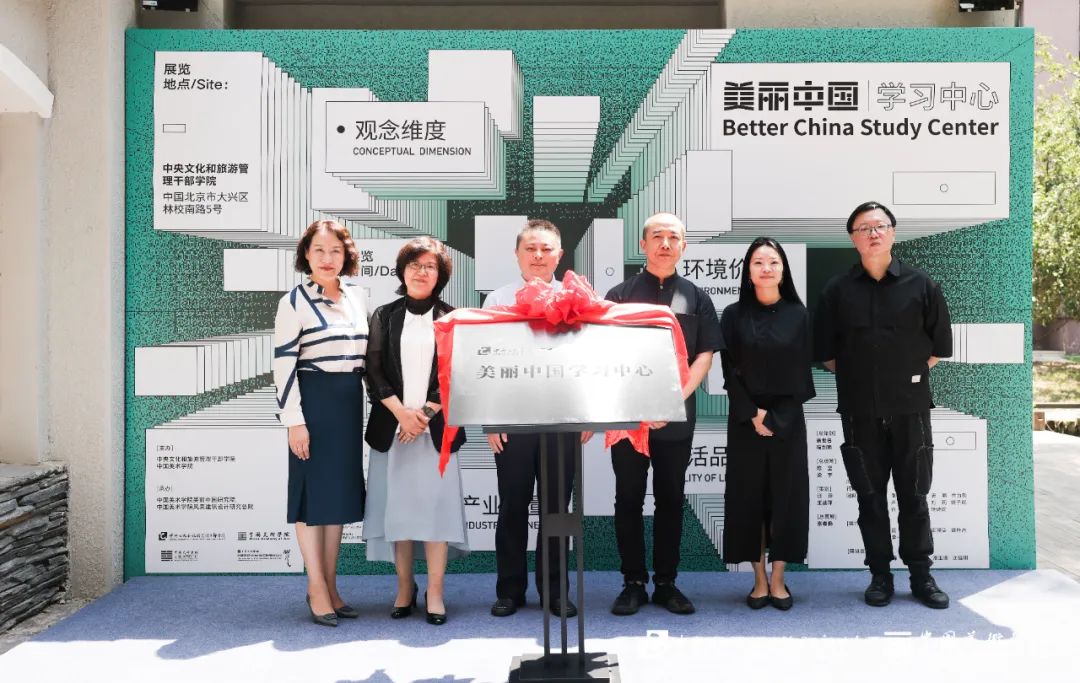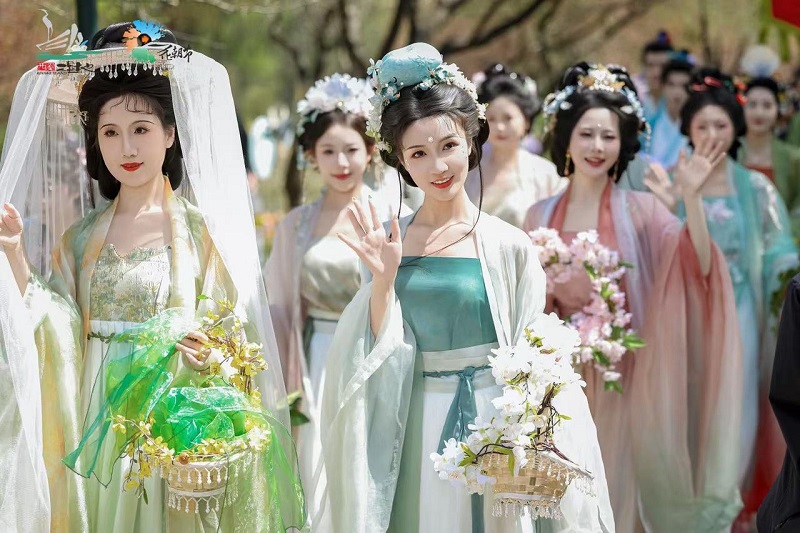Designing a beautiful China

Center presents an exhibition of case studies and key projects that encourage more organic, efficient, greener and artistic methods of urban, rural and social development, Yang Yang reports.
When the nomadic people in the Inner Mongolia autonomous region set up a yurt, it takes much time and effort. However, designers have turned to new materials and technologies to create inflatable yurts that come in various shapes and sizes, but more importantly, take only 20 minutes to put up, says Gao Shiming, president of the China Academy of Art. He points to pictures that present the fruits of the project to develop a new model of contemporary grassland dwelling that explores the modernization of the humble yurt. Called A New Yurt System, the project is included in an exhibition at the Better China Study Center in the Shuangbai Study, a learning space for students at the Central Academy of the Culture and Tourism Administration in Beijing.
"Convenient and fashionable, modern inflatable yurts can provide inspiration and experiences for the tourism industry," he says.
Both the study center and the exhibition were launched in early July, co-organized by CACTA and CAA. The exhibition shows carefully selected cases from Beautiful China Initiative projects that are closely related to the cultural and tourism industries.
"Based on this center, we will build more research and study platforms, spread experience and the motivation to act, and create an intelligent network that will connect people," said Ma Feng, president of the CACTA, in a speech at the launch ceremony for the study center.
In 2021, CAA set up the Research Institute of the Better China Initiative in the spirit of facilitating the creation of a beautiful China through art, which, as Gao writes in the preface of the exhibition notes, has become a major force in promoting cultural confidence and self-innovation, while art education is making a difference by rooting itself deep in the land of China and advancing social transformation.
In the past two years, the research institute has conducted investigations in 34 provinces, autonomous regions, municipal cities, and special administrative regions, and has interviewed artists, scholars, designers and entrepreneurs, accumulating a large body of literature, photography and video for the country's first material bank of art practices.
The cases in the bank not only cover most fields in the disciplines of art, design and architecture, among others, but also provide multidimensional analysis from the perspectives of the economy, society and culture.
In the exhibition hall, each drawer contains an archive that records the complete process of a case of social, artistic, demonstrative, innovative and sustainable significance.
As a systematic project, the creation of a better China covers many different aspects, including nature and ecology, rural and urban development, industrial innovation, and ensuring the quality of life and social ethics, and involves regional development, community building, urban and rural planning, grassroots governance, ecological restoration and rural vitalization.
Through the cases on display, the study center is not only showcasing the new landscape of the culture and tourism industries in China, but is also providing rich, organic and vivid experiences in building a benign ecological and living environment for a beautiful China, which can be used to train cultural and tourism officials at different levels to secure talent and intelligent support for the improvement of standards and development, writes Yu Jiannan, secretary of the CPC committee of the CACTA, in the preface to the exhibition.
Currently, China has laid out 22 standards for assessing Beautiful China Initiative projects, including fresh air, clean water, clean soil, a good ecology, and sanitary living conditions. By 2035, China plans to have widely applied green methods to living and production, to see carbon emissions reducing steadily after peaking, to enjoy a fundamental improvement to its ecology, and to have essentially realized the goals of the Beautiful China Initiative.
At the exhibition, visitors can see a case study of a bamboo henhouse and a pigpen, built as part of a local initiative to raise awareness of sustainable farming at the Sun Commune in Hangzhou, Zhejiang province. Using organic materials such as bamboo, cobblestones and thatch, Chen Haoru, an assistant professor of architecture at CAA, worked with the villagers to build a henhouse and a pigpen, hailed online as "the most beautiful henhouse and pigpen in China", for the organic production part of the initiative.
The thatch, collected and woven by villagers in their free time, is waterproof but permeable to air. To protect the fields, Chen did not include a foundation in the design of the pigpen. Instead, he laid 10 stone blocks and connected them with bamboo. The pigpen relies on its own weight to maintain stability. During the building process, Chen's team worked with the villagers, who saw the possibility of using bamboo as a building material in their future construction projects. The Sun Commune thus provides an example for people to explore a new method of community settlement based on natural materials. "We hope that with this project, more people will notice the vast countryside and will be willing to explore China's rural areas," Chen said at a previous forum.
Contact the writer at [email protected]
-
Xixi Wetland invites visitors to Huazhao Festival
March 25, 2025
-
Hangzhou sets standard for concert hosting
March 19, 2025
-
What is making Hangzhou the new tech powerhouse of China?
March 10, 2025
-
Inside Hangzhou: China's high-tech dream factory
March 12, 2025



